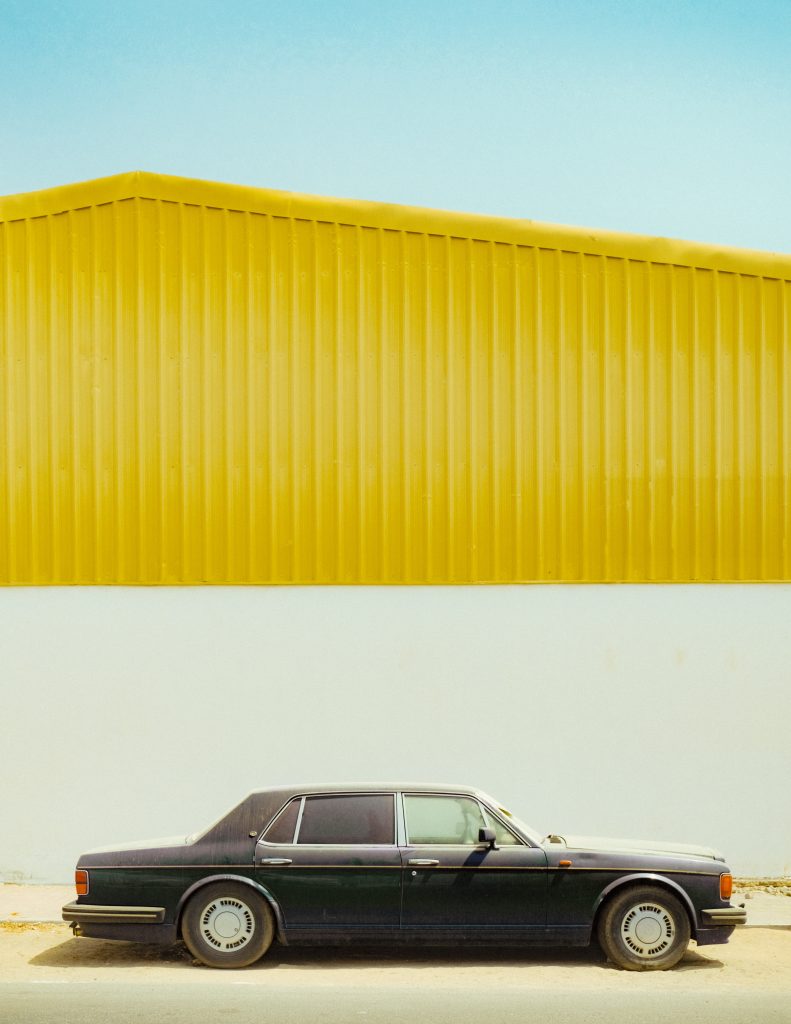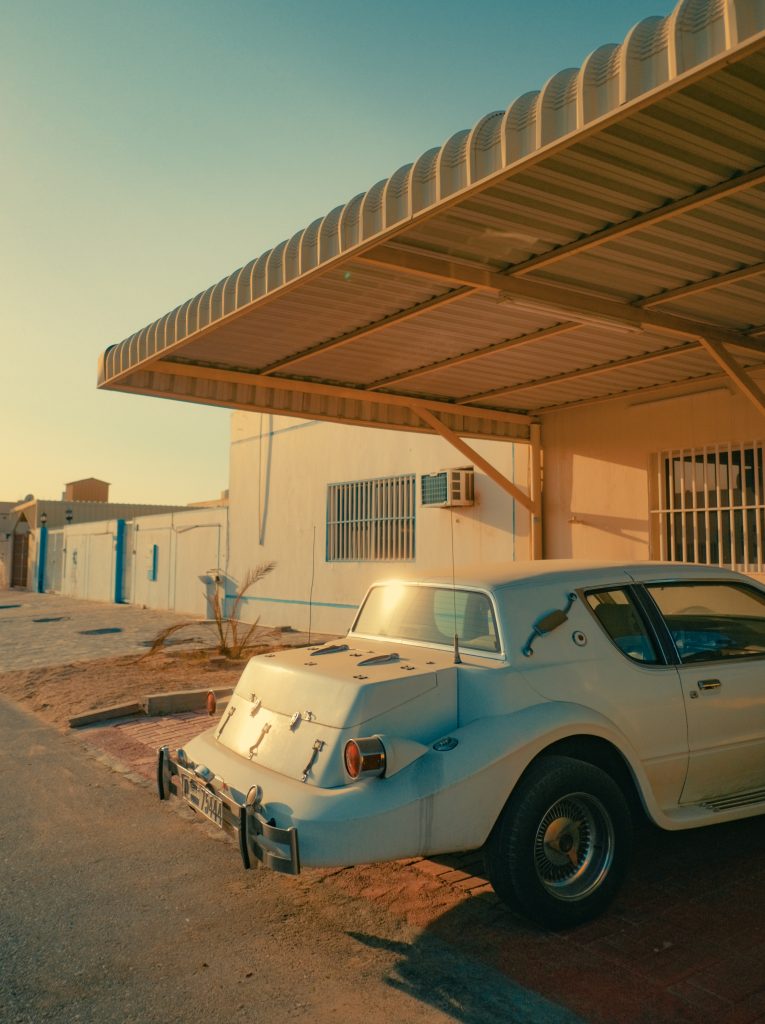You’ve captained the national Indian baseball team and had a managerial career in finance. How did you make the switch to photography?
Although my Dad and Uncle were interested in photography, it wasn’t a passion of mine. After working in the foreign exchange industry for more than a decade, I became tired of the monotonous routine of the corporate world. I started contemplating different possibilities for pursuing my own venture. One day, during a conversation with a friend who worked part-time as a photographer and earned a decent income from it, the idea of pursuing photography as a business struck me. From that moment on, I made the decision to become a full-time photographer and began learning the fundamentals with the help of YouTube and Google. Within 6-8 months, I had reached a level where I considered quitting my day job. After building a respectable portfolio and receiving several promising opportunities, I found the confidence to leave my job and take a risk.


It’s clear that Dubai is a subject you’re very drawn to for your art photography. What is it you see in the city that attracts you?
I discovered the artistic side of photography during the initial stages of Covid lockdowns. With ample free time, I would take walks with my camera, capturing anything that piqued my interest. The areas of Dubai/UAE that were less modern appealed to me because of their character and personality, which I was naturally drawn to. I enjoyed showcasing them through my unique aesthetic and color palette. I am now eager to travel to other locations, as I have not had the opportunity to do so since the first Covid lockdown.
The color palate you’re known for depicts the city in an ethereal light, eliciting a strange nostalgic feeling in viewers. Did you stumble on this style by accident or is it inspired by a certain feeling or period?
I capture photos in all kinds of lighting conditions, even in the harsh light of midday, and I had no deliberate aim to evoke nostalgia among viewers. My upbringing in the 90s and strong musical influence, particularly the grunge era, has subconsciously influenced my selection of subject matter and post-processing decisions. Although I don’t strive to digitally replicate the aesthetic of film photography, it has influenced me to some degree.


I sense a feeling of Americana running throughout your art photography. Kind of Hopper in Dubai vibe. Is that something that you think about?
Despite being raised in India, Bollywood movies & music never interested me. Instead, I was drawn to Hollywood movies, MTV music videos, and various genres of music like Grunge Rock, Alternative, Heavy Metal, and their sub-genres. I believe these visuals have become ingrained in my mind and heavily influence my artistic choices. I don’t actively think about these influences while shooting; they are simply a natural part of me and my creative process.
Your work has been circulated by Apple as part of their #ShotoniPhone campaign. With the incredible state of smartphone cameras today and their portability (and the fact we never leave them too far from us!) have phones pushed out the camera for street photography?
The phone cameras available these days are truly incredible and I am constantly amazed by the results they produce. In street photography, using a phone is often less likely to draw objections compared to using a traditional camera, where privacy concerns are more pronounced. But, using a phone lacks the tactile experience of using a camera. It feels more casual and doesn’t offer the same level of control and features. With a camera, you can look through the viewfinder, hear the shutter sound, and form a connection with the aesthetic appeal of the camera itself, which is not possible with a phone. So, for the time being at least, cameras are here to stay!


A lot of the shots featured here – and across your practice – feature Dubai’s considerable stock of classic cars. Are you a petrol head or is it just something you find aesthetically pleasing?
Although I’m not particularly interested in cars and don’t consider myself a car enthusiast, what draws me to classic cars is their aesthetics and the nostalgia they evoke.
On the world stage, the roads of Dubai have a reputation of being magnets for supercars of all variations. You tend to focus your lens on cars that have more character – and a whole side of the city that’s often overlooked. Does that feel like a mission to show something?
No, not my intention at all, I didn’t set out with a specific goal to highlight these things; rather, I stayed true to my personal style and preferences, resulting in a body of work that is consistent and unique.


Do you ever get to meet any proud owners of the vehicles you shoot? How do they react to your work?
On some occasions, I have the opportunity to meet with the owners. And it brings me great joy to see how happy and proud they feel when they view the images. The feeling is taken to another level when sometimes the images are printed and framed.
If I told you I wanted to go for a walk and see the most eccentric array of cars in the city, what area should I head to?
I usually come across classic cars in places like car restoration garages, as well as driving around areas such as the villas in Jumeirah. I don’t go out of my way to look for them, but simply observing my surroundings in Dubai has led me to discover that there are many classic cars in the city.
Follow Preet on Instagram here.
